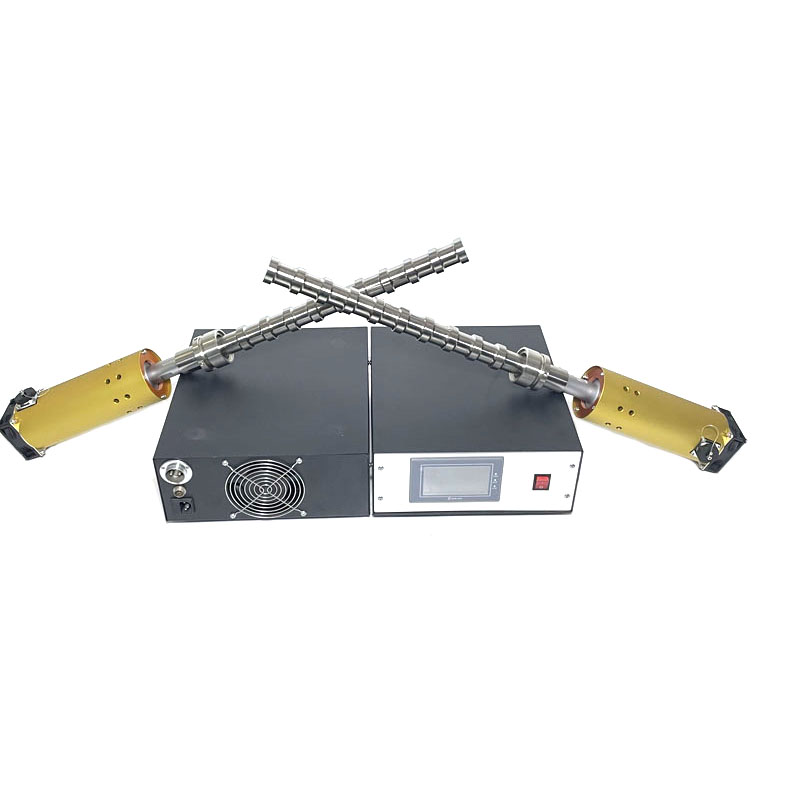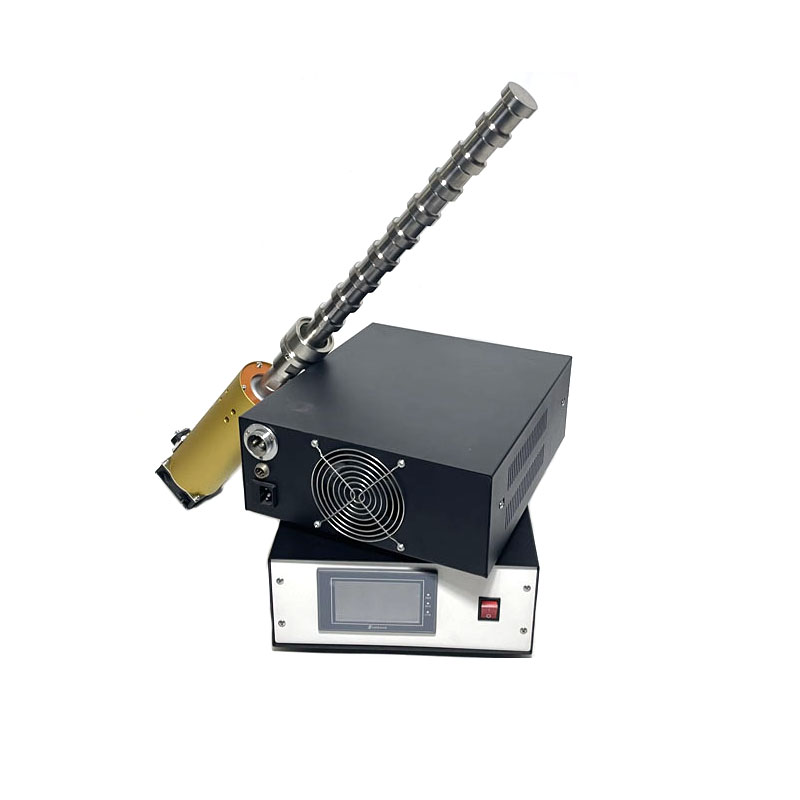
20KHZ 2000W 220V Ultrasonic Chemical Sonochemistry Dispersed Reactor For Laboratory Industry
The energy density of the ultrasonic field is increased by trillions of times compared to the energy density at the time of cavitation bubble collapse, causing a huge concentration of energy; The sonochemical phenomenon and sonoluminescence caused by the high temperature and pressure at the end of cavitation bubbles …

20KHZ 2000W 220V Ultrasonic Chemical Sonochemistry Dispersed Reactor For Laboratory Industry
The energy density of the ultrasonic field is increased by trillions of times compared to the energy density at the time of cavitation bubble collapse, causing a huge concentration of energy; The sonochemical phenomenon and sonoluminescence caused by the high temperature and pressure at the end of cavitation bubbles are unique forms of energy and substance exchange in sonochemistry. Therefore, ultrasound plays an increasingly important role in chemical extraction, biodiesel production, * * synthesis, microbial control, degradation of toxic * * pollutants, chemical reaction speed and yield, catalytic efficiency of catalysts, biodegradation treatment, ultrasonic scale prevention and removal, biological cell crushing, dispersion and aggregation, and sonochemical reactions.
- Ultrasound enhances chemical reactions.
Ultrasound enhances chemical reactions. The main driving force comes from ultrasonic cavitation. The collapse of cavitation nuclei generates local high temperatures, high pressures, and strong shock waves and micro jets, providing a new and extraordinary physical and chemical environment for chemical reactions that are difficult or impossible to achieve under general conditions.
- Ultrasound catalyzed reaction.
Ultrasonic catalytic reactions, as an emerging research field, have attracted increasing interest from industry workers. The main effects of ultrasound on catalytic reactions are:
(1) High temperature and high pressure conditions are conducive to the decomposition of reactants into free radicals and divalent carbon, forming more active reaction species;
(2) Shock waves and micro jets have desorption and cleaning effects on solid surfaces (such as catalysts), which can remove surface reaction products or intermediates, as well as the passivation layer on the catalyst surface;
(3) Shock waves may damage the reactant structure;
(4) Disperse reactant system;
(5) Ultrasonic cavitation erodes the metal surface, causing shock waves to deform the metal lattice and form internal strain zones, improving the chemical reactivity of the metal;
(6) Promoting the solvent to penetrate into the interior of the solid, resulting in so-called inclusion reactions;
(7) Improve catalyst dispersion.
In the preparation of catalysts, ultrasound is commonly used, and the irradiation of ultrasound can increase the surface area of the catalyst, resulting in a more uniform dispersion of active components and enhanced catalytic activity.
| Tubular EquipmentType | Tubular TransducerType | Frequency(KHz) | UltrasoundOutput(W) | Total Length(mm) | Diameter(mm) | Static Capacity(pF±10%) |
| PU-UE1 | US-61 | 15-28 | 1000 | 500 | Φ50-55 | 68000 |
| PU-UE5 | US-25 | 15-28 | 1500 | 850 | Φ50-55 | 68000 |
| PU-UE6 | US-16 | 15-28 | 2000 | 1100 | Φ50-55 | 132000 |
20KHZ 2000W 220V Ultrasonic Chemical Sonochemistry Dispersed Reactor For Laboratory Industry
Send Inquiry
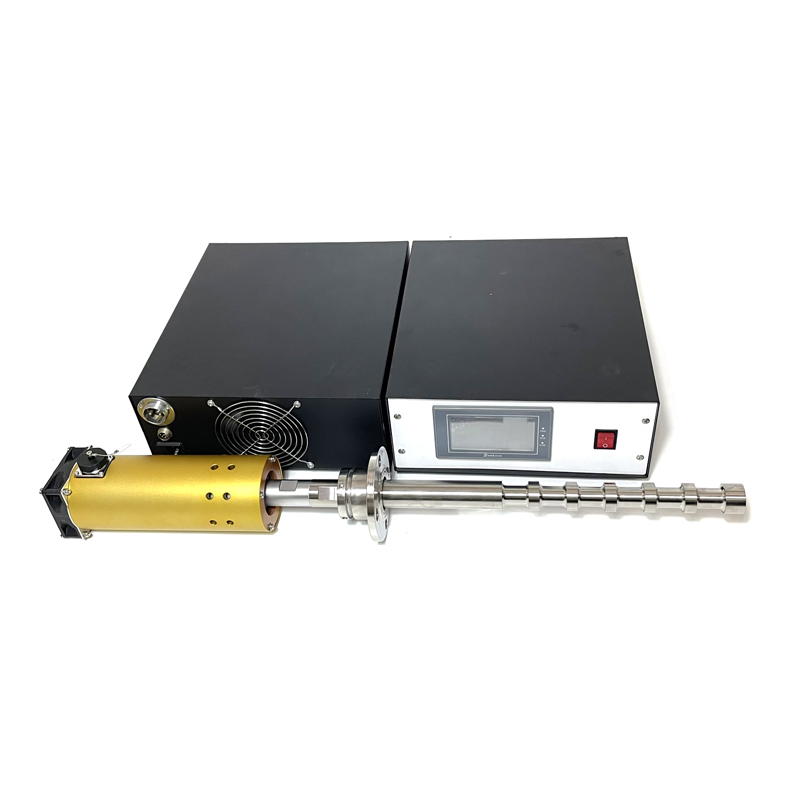 Plant Ultrasonic Extractor 20khz Ultrasonic Sonochemistry Biodiesel Extraction Emulsifying Homogenizer Sonochemistry Equipment
Plant Ultrasonic Extractor 20khz Ultrasonic Sonochemistry Biodiesel Extraction Emulsifying Homogenizer Sonochemistry Equipment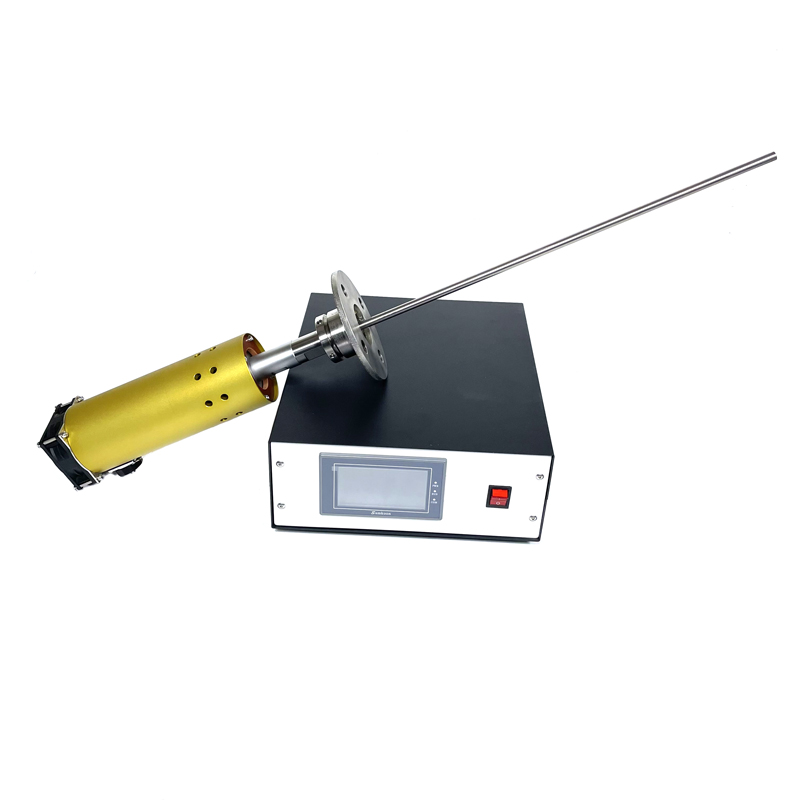 Ultrasonic Emulsifying Dispersion 300W Ultrasonic Liquid Reactor Homogenizer With Generator
Ultrasonic Emulsifying Dispersion 300W Ultrasonic Liquid Reactor Homogenizer With Generator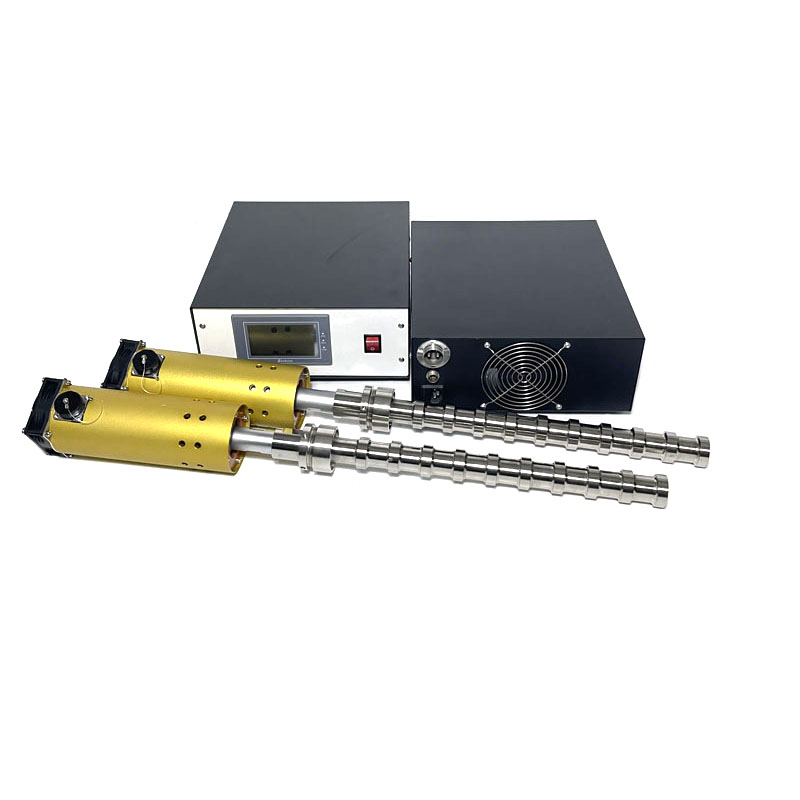 20Khz High Frequency Ultrasonic Ultrasound Homogenizer Ultrasonic Probe Reactor With Transducer Generator
20Khz High Frequency Ultrasonic Ultrasound Homogenizer Ultrasonic Probe Reactor With Transducer Generator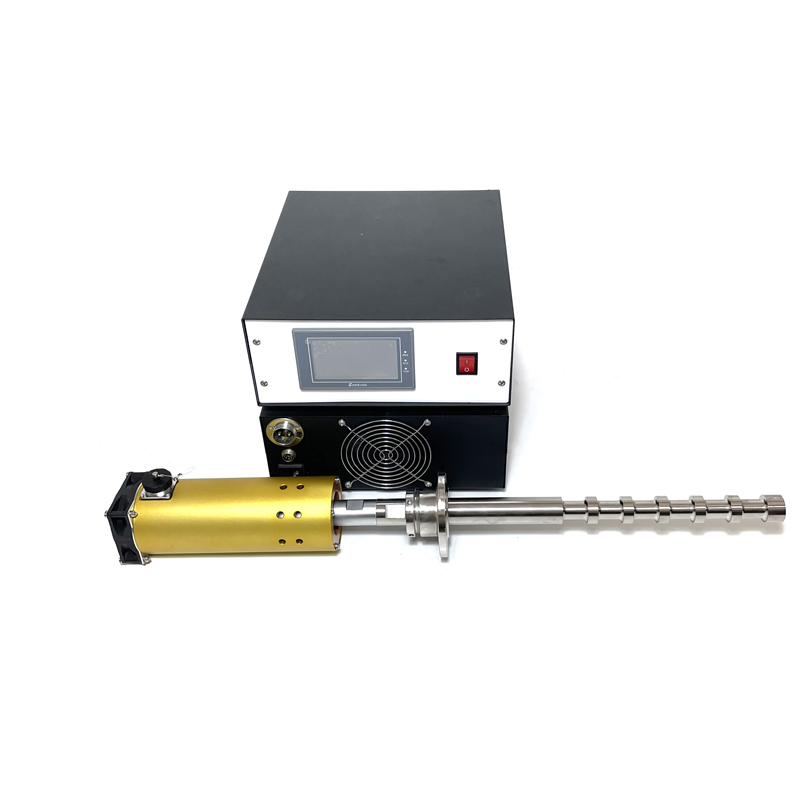 3000W 20KHZ Industrial Ultrasonic Equipment Reactor And Sound Generator For Biodiesel Production
3000W 20KHZ Industrial Ultrasonic Equipment Reactor And Sound Generator For Biodiesel Production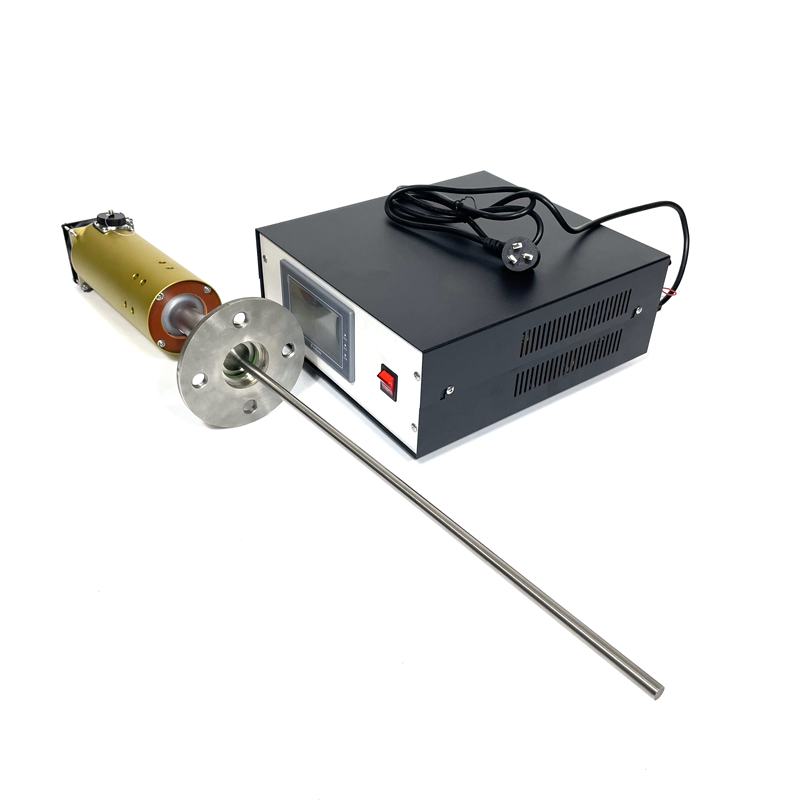 1000W 20KHZ Ultrasonic Emulsifier Mixer Homogenizer Ultrasonic Extraction Reactor
1000W 20KHZ Ultrasonic Emulsifier Mixer Homogenizer Ultrasonic Extraction Reactor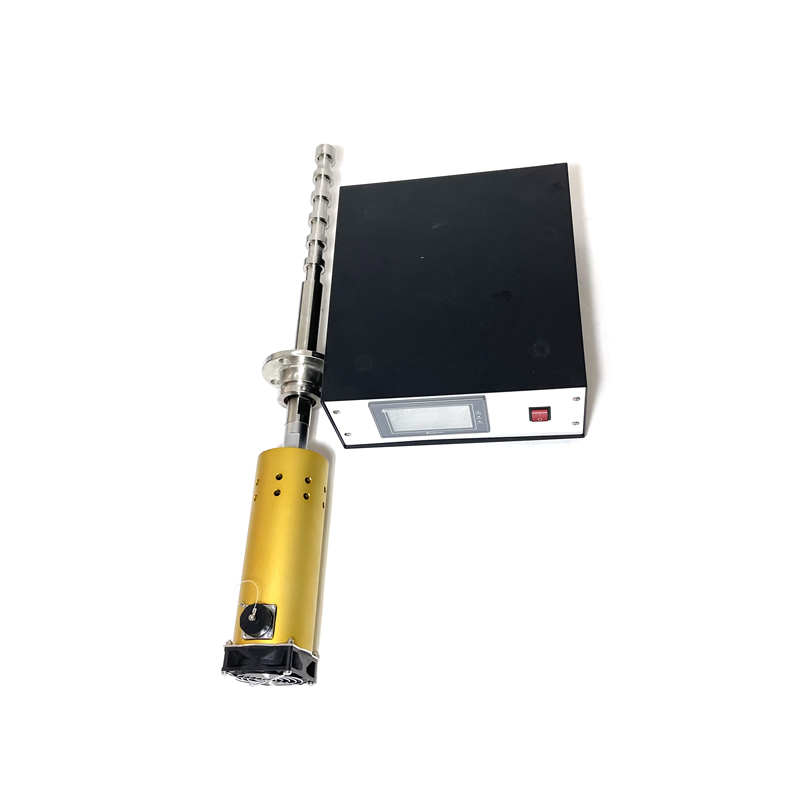 20khz Emulsification Homogenizer Commercial 600 W 20 L Machine Equipment Ultrasonic Extraction
20khz Emulsification Homogenizer Commercial 600 W 20 L Machine Equipment Ultrasonic Extraction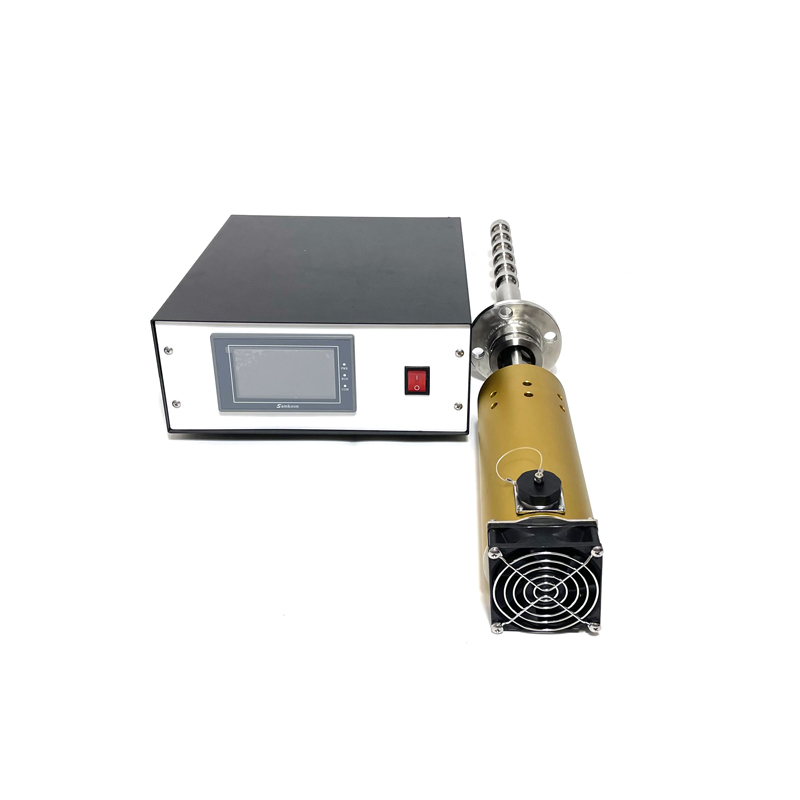 Industrial Ultrasonic Extractor Reactor Ultrasonic Probe Sonicator Disperser Emulsifying Homogenizer
Industrial Ultrasonic Extractor Reactor Ultrasonic Probe Sonicator Disperser Emulsifying Homogenizer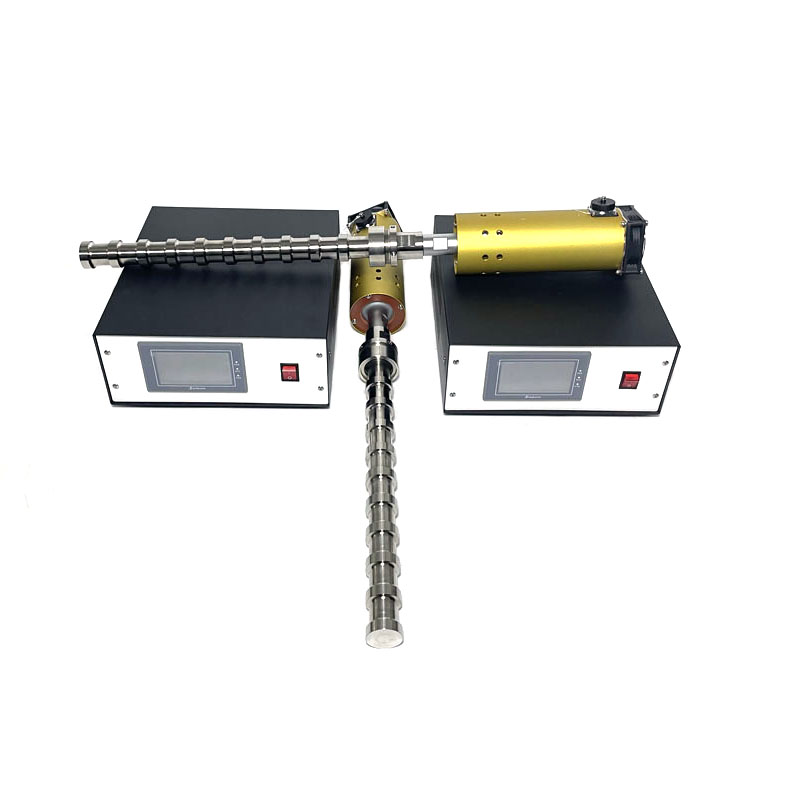 Batch and Continuous Ultrasonic Reactors Emulsify Homogenizer Disrupter And Ultrasonic Frequency Generator
Batch and Continuous Ultrasonic Reactors Emulsify Homogenizer Disrupter And Ultrasonic Frequency Generator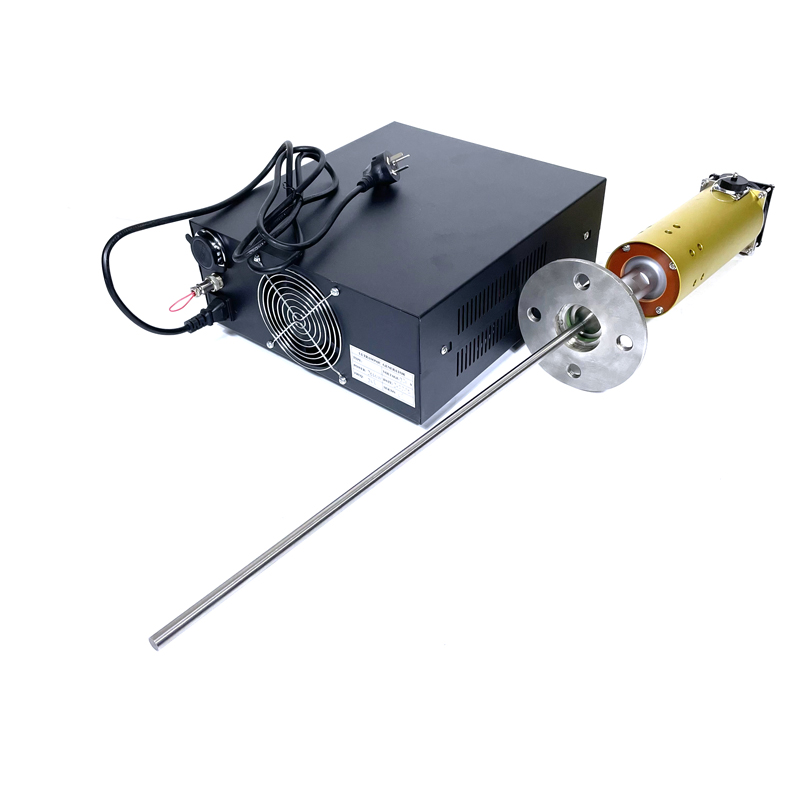 1800W 20KHZ Tuber Extraction Ultrasonic Reactor Ultrasonic Extraction Green Tea
1800W 20KHZ Tuber Extraction Ultrasonic Reactor Ultrasonic Extraction Green Tea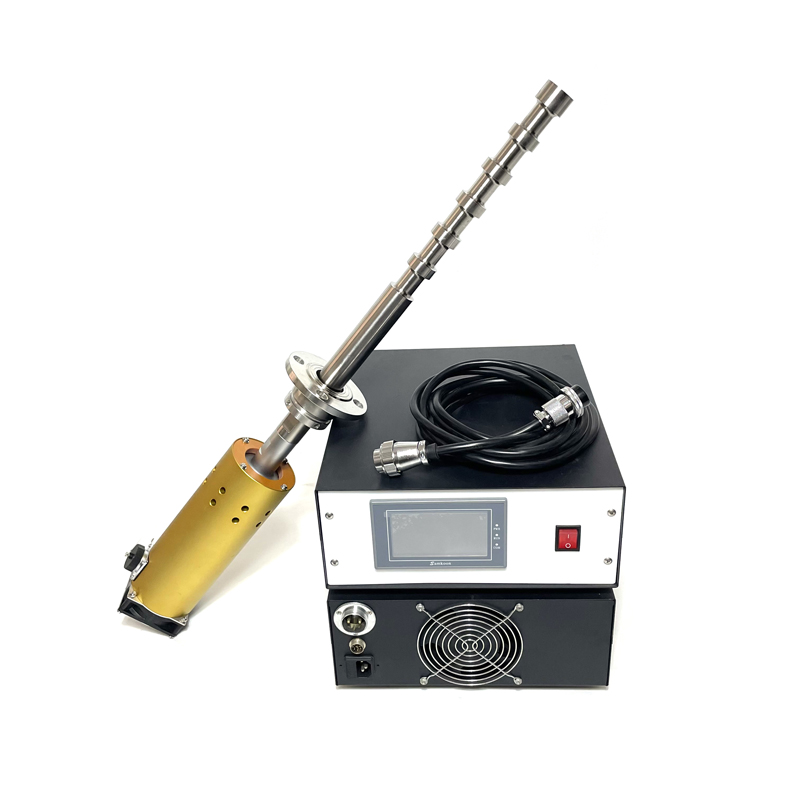 Ultrasonic Extractor Ultrasonic Traditional Chinese Medicine Extraction Equipment Ultrasonic Extraction Rod
Ultrasonic Extractor Ultrasonic Traditional Chinese Medicine Extraction Equipment Ultrasonic Extraction Rod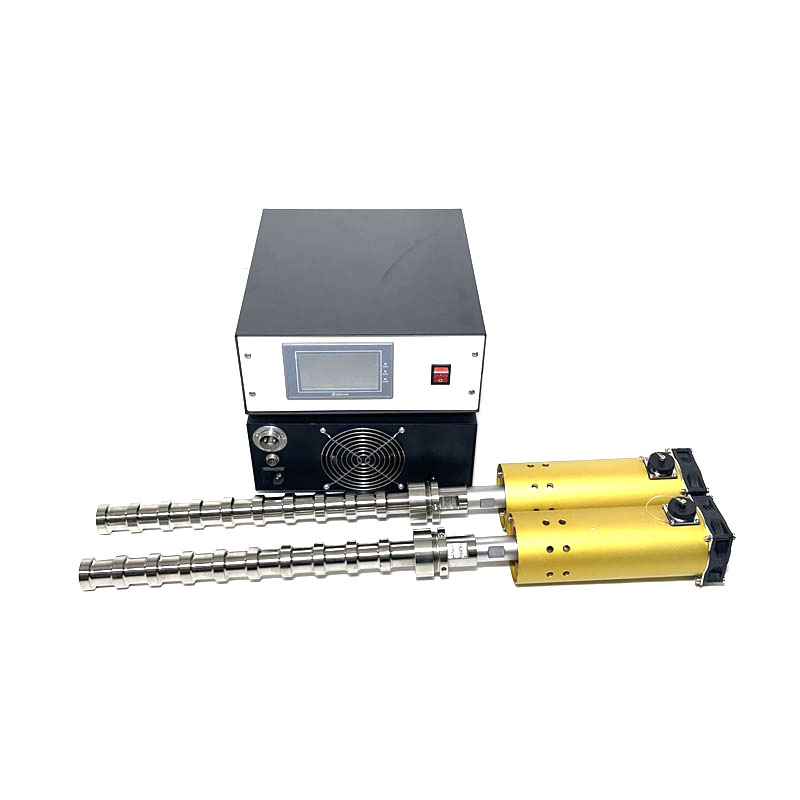 Industrial Ultrasonic Homogenizer Sonicator Cell Disruptor Mixer Reactor With Digital Ultrasonic Generator
Industrial Ultrasonic Homogenizer Sonicator Cell Disruptor Mixer Reactor With Digital Ultrasonic Generator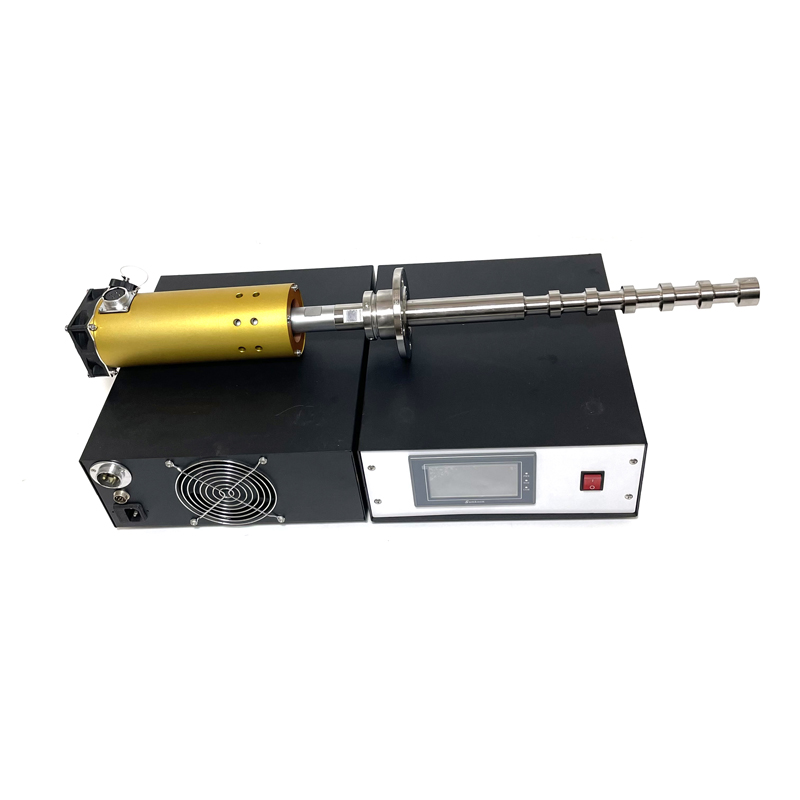 Small Herb Extraction Equipment/Ultrasonic Solvent Extraction and Concentrate Machine
Small Herb Extraction Equipment/Ultrasonic Solvent Extraction and Concentrate Machine

